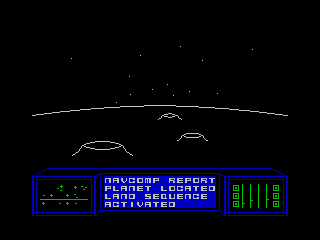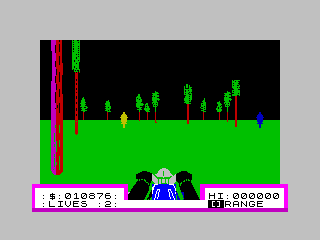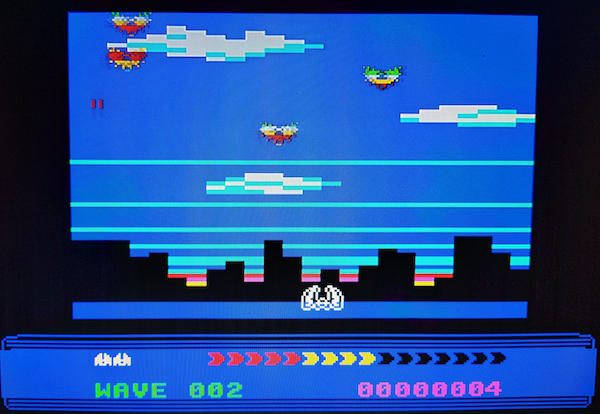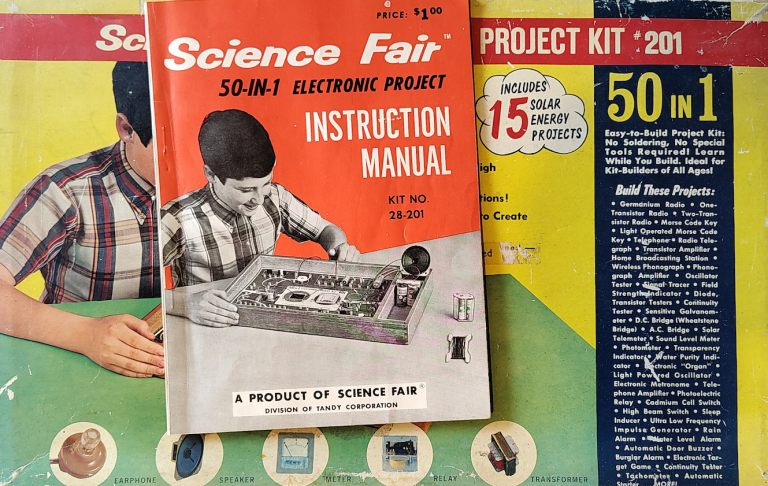Top ZX Spectrum games from 1982

A few months ago I decided to go through Spectrum games year by year and list my favourites. I got as far as sorting some games into folders and taking some screenshots of a few games, then I didn’t do…

A few months ago I decided to go through Spectrum games year by year and list my favourites. I got as far as sorting some games into folders and taking some screenshots of a few games, then I didn’t do…

I have been watching The Spectrum Show YouTube channel for quite a few years now. Last year I went to Crash Live, a celebration of all thing Spectrum organised by the publishers of the relaunched Crash magazine. Paul and Geoff…

I backed the 2nd Spectrum Next kickstarter but couldn’t wait for it to arrive so I bought one of the compatible ‘N-Go’ machines. This was partly because I had also backed the kickstarter for the Spectrum Next version of Shovel…
I was starting to write a Python cheat-sheet, holding some common things I regularly had to google. It began with an introduction describing how I got into programming but things got out of hand and I found myself waffling a…

Years ago I had one of the Tandy 200-in-1 electronics kits. I followed most of the projects in the book but never got around to creating my own circuits. I lost interest after accidentally wiring a transistor incorrectly and it…
Previously, my blog was a mixed bag of writing, covering food, photography, hobby stuff. I have decided to separate the more technical stuff out into this site and keep my old mikedowney.co.uk site as an archive for now. I will…